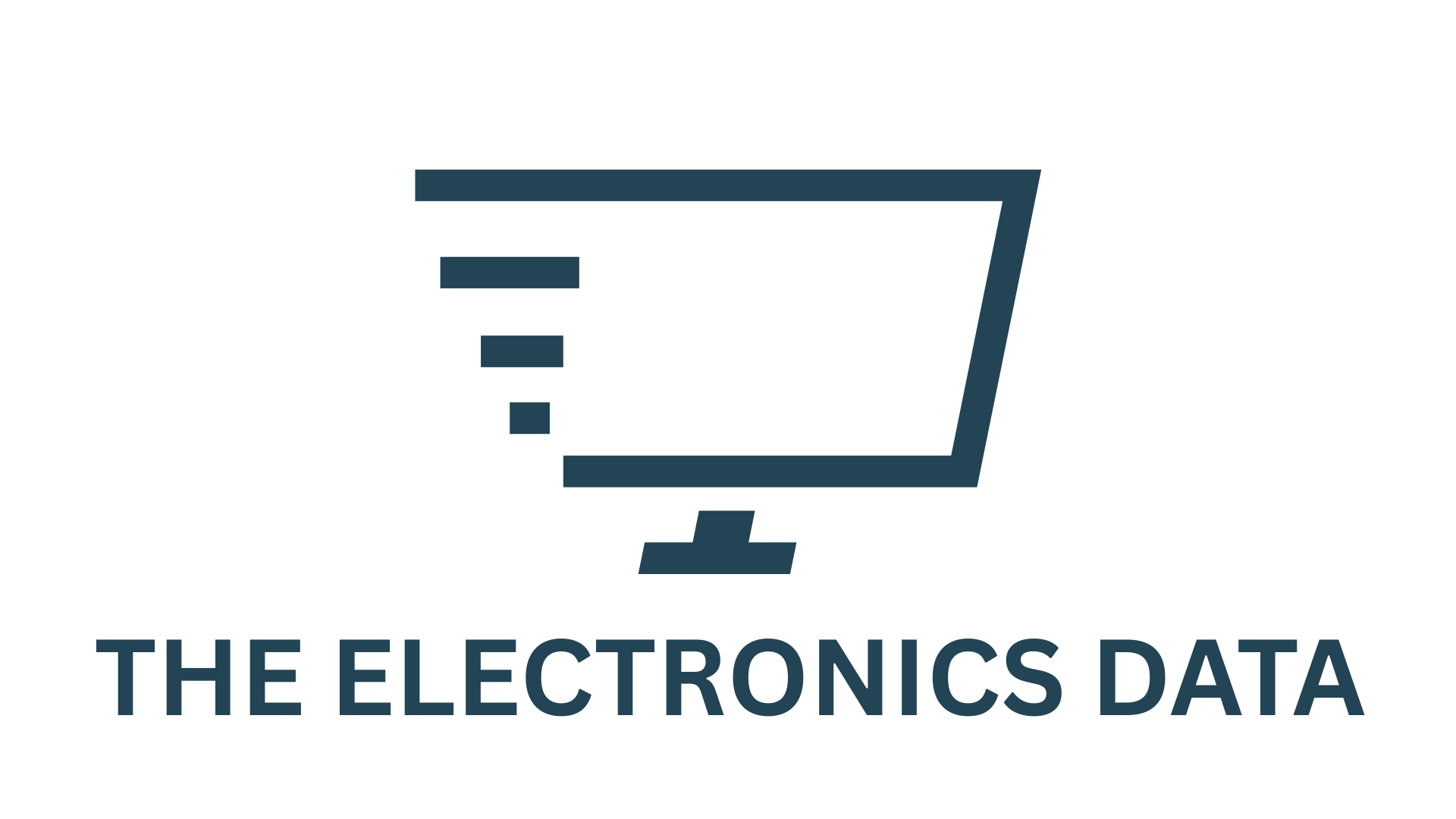Smarter Employee Charging with Integrated IT: Delta’s EV100 Insights
In this new series, members of the EV100 network—corporate pioneers leading the shift to electric fleets—share insights from the early phases of their EV transitions. Delta Electronics, a global leader in power and thermal management solutions, was one of the first to deploy EV charging infrastructure across its facilities. Here, the Taiwanese company reveals how it uses innovative IT to manage employee charging behavior, reduce congestion, and accelerate EV adoption.
Tackling the EV Infrastructure Challenge
As the electric vehicle revolution gains momentum, EV100 members face a familiar set of hurdles: increased pressure on building energy systems, grid limitations, peak-hour traffic at charging points, and poor integration with renewable energy sources. As an early adopter, Delta is using its technological expertise to tackle these bottlenecks head-on.
Delta was the first EV100 member to commit to deploying EV charging infrastructure across all major global sites by 2030. In the initial phase, the company introduced free EV charging for employees and visitors—an incentive that’s yielded strong results. Installing chargers at its offices not only supported the shift to low-carbon transport but also spurred a rapid increase in employee EV use.
At the Delta Shanghai Operation Center, for example, 171 employees registered EVs in 2024—making up 36% of all staff-owned vehicles. This surge demonstrates the power of combining infrastructure with incentives.
Creating Smart, Sustainable Charging Systems
As more employees adopted EVs, electricity demand grew. To ensure grid stability while continuing to scale, Delta integrated its EV charging with on-site renewable energy systems and energy storage solutions at key locations including Shanghai and its Americas Headquarters in Fremont, California.
In Shanghai, 31 AC and DC chargers are linked with solar panels and battery storage. These resources are intelligently managed using DeltaGrid® EVM, an AI-driven platform that schedules charging during off-peak times. The results are impressive: off-peak use increased by 19%, peak demand fell by 18%, and energy savings hit 255,000 RMB per year. The site also achieved LEED Zero Energy certification, confirming the success of this integrated, sustainable approach.
In Fremont, the company’s HQ features 616 kW of rooftop solar, 504 kW from bifacial solar carports, and 330 kWh of battery storage—generating 1.4 million kWh annually. This setup powers the entire site and made Fremont’s facility the first LEED Zero Energy building in the city.
Solving Peak-Hour Congestion with Smart IT
As EV use rose, new problems emerged—especially during peak hours. High demand meant long queues and charger congestion. To address this, Delta introduced a digital charging management system, designed in-house, to guide and regulate employee charging behavior.
The upgraded platform includes a reservation system. Employees must book charging sessions in advance and scan a QR code to activate charging. If the reservation ends, the system sends reminders and automatically cuts off power to prevent overstays. This prevents charger hoarding, increases availability, and ensures fair access for all users.
By merging IT, energy management, and behavioral nudges, Delta has significantly improved charger utilization rates and reduced wait times—without adding more hardware.
A Blueprint for Smarter EV Adoption
Delta’s experience highlights a clear lesson: innovation is the key to a successful EV transition. By combining renewable energy, intelligent systems, and forward-thinking policies, the company has turned complex challenges into strategic advantages.
This holistic model—built on sustainability, smart technology, and system design—demonstrates how companies can lead the way in building a low-carbon transport future. With EV adoption embedded in daily operations and powered by cutting-edge IT, Delta shows how electric mobility can evolve from corporate policy to a mainstream reality.
